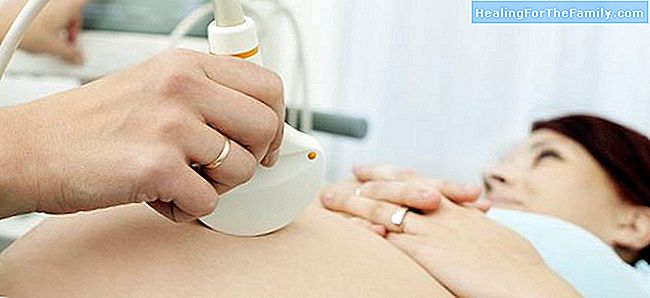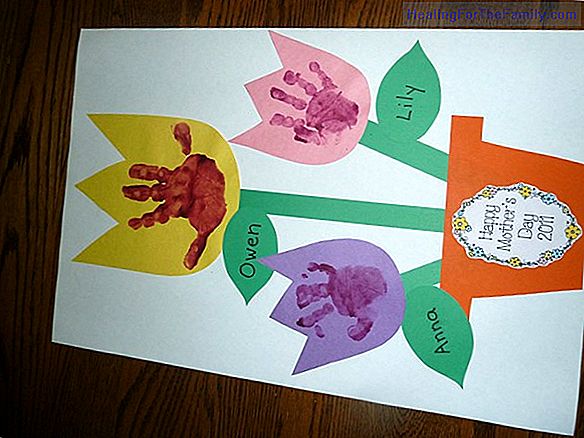The placenta and its problems during pregnancy
The placenta is the most important organ during pregnancy. Your goal is to supply baby food and oxygen . It provides security and acts as a barrier to prevent some harmful substances from reaching the fetus. It is also an ideal place for him to get rid of everything that does not serve him. In short
The placenta is the most important organ during pregnancy. Your goal is to supply baby food and oxygen. It provides security and acts as a barrier to prevent some harmful substances from reaching the fetus. It is also an ideal place for him to get rid of everything that does not serve him. In short, a perfect link between mother and child. But what happens when the placenta presents a problem? Placenta previa in pregnancy One of the
problems

that may arise during pregnancy is the so-called placenta previa . This occurs when the placenta grows in the lower part of the uterus and covers the opening of the cervixpartially or completely (the cervix is the place where the baby has to leave during delivery). The uterus
grows during pregnancy, as the baby grows. At the beginning the placenta is usually in the lower part of the uterus , but as it stretches, the placenta moves to the upper part of the uterus. In this way the birth canalis cleared. The problem comes when the placenta does not follow its natural course and stays in the lower area. In this case there are three types of placenta previa, which are detected by an ultrasound: -Marginal
: the placenta does not cover the birth canal. It is on the side of the cervix -Partial
: the placenta covers part of the cervix -Total
: the placenta covers the entire cervix The mainsymptom
is usually a sudden vaginal bleeding, which occurs at the end of the second trimester of pregnancy or at the beginning of the third trimester. You can stop and start again after a few days or weeks. In most of the cases, after these symptoms premature delivery can be triggered and by means of cesarean section . It is not a common problem. The placenta previaoccurs in one out of every 200 pregnant women. Women who have a
uterus with some abnormality in their form, in multiple pregnancies or women who have had many pregnancies before are more at risk. Tobacco and the advanced age of pregnant may also contribute to the occurrence of placenta previa. Premature detachment of the placenta during pregnancy One of the greatest risks that can occur during pregnancy is the premature detachment de of the placenta. It is a very serious situation formother
and
baby , but it occurs very rarely (the most serious, in one of every 1600 pregnancies). It occurs when the placenta separates from uterus before delivery. It can be caused by a blowin the lower abdomen (a fall, a traffic accident ...) or by a sudden change in uterus volume , for example, due to a loss of amniotic fluid). There are some risk factors that can trigger the sudden detachment of the placenta, such as tobacco
, drugs , alcohol, hypertension,
diabetes oradvanced age of the mother.Among the symptoms, a strong abdominal pain, uterine contractions and vaginal bleeding . In some cases this situation triggers an emergency caesarean section.
Placenta aged in pregnancy Theplacenta is an organ that grows older as pregnancy avan progresses. It has a life cycle that ends with delivery, that is, no more than 42 weeks. When the placenta matures faster than normal, it speaks of "old placenta" or "old placenta". At the moment when this organ does not fulfill its functions and stops providing adequate food and oxygen to the baby and a placental insufficiency, the gynecologist will consider whether it is appropriate to induce labor to avoid risks for the
baby
. Among the risk factors for mother to sufferaging of the placenta or placental insufficiency arehypertension , tobacco, some kidney disease or somevascular problem of the mother.












